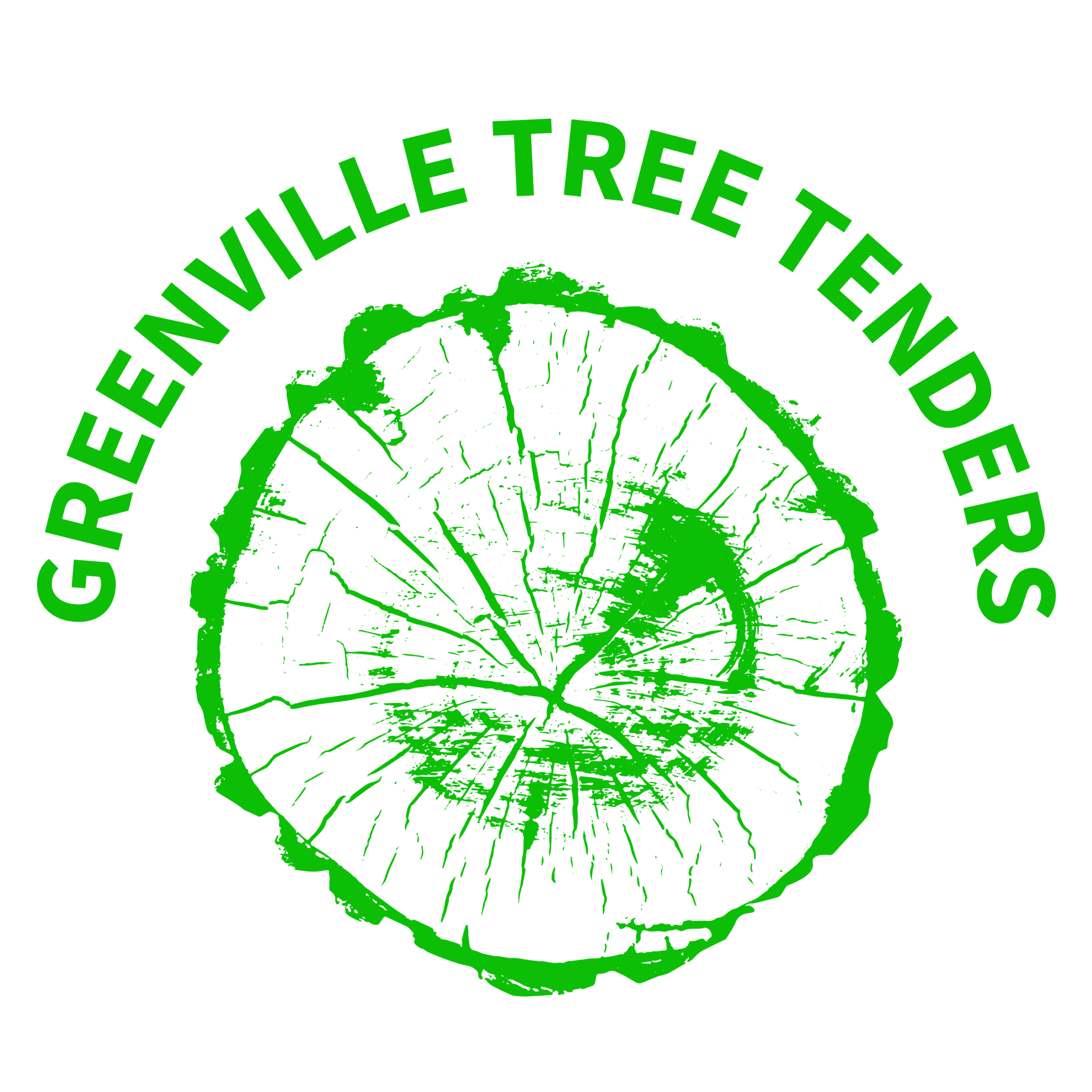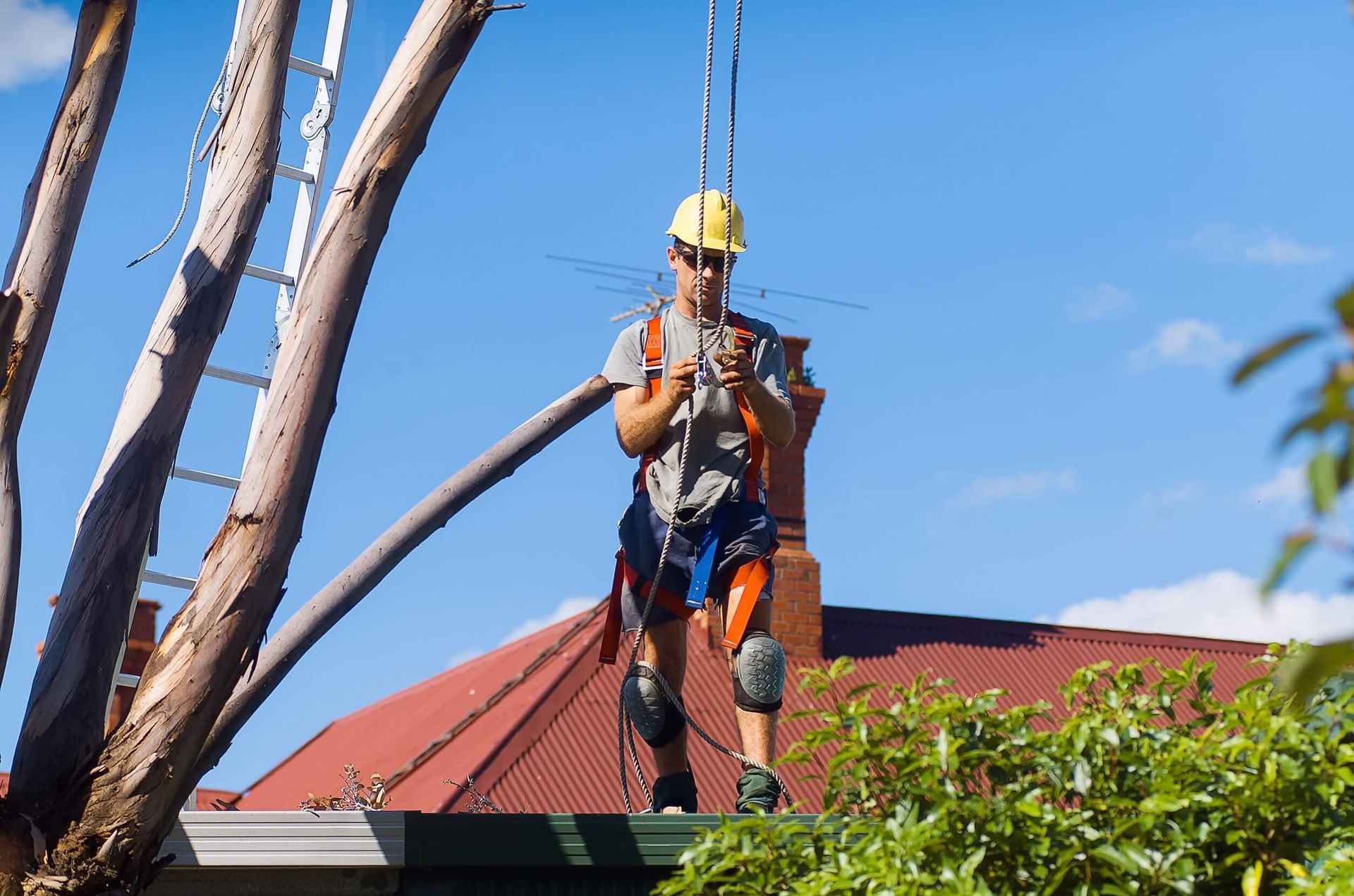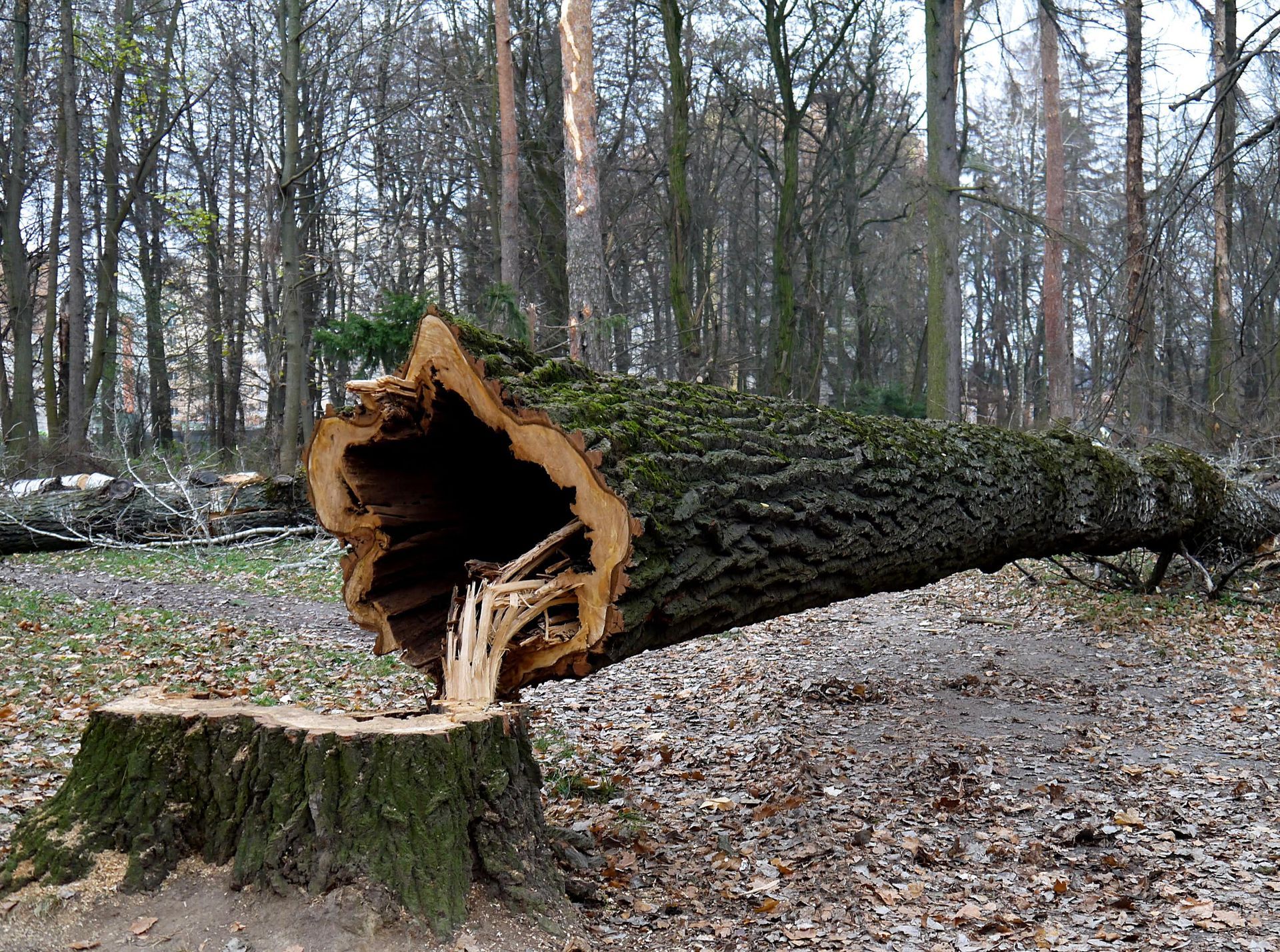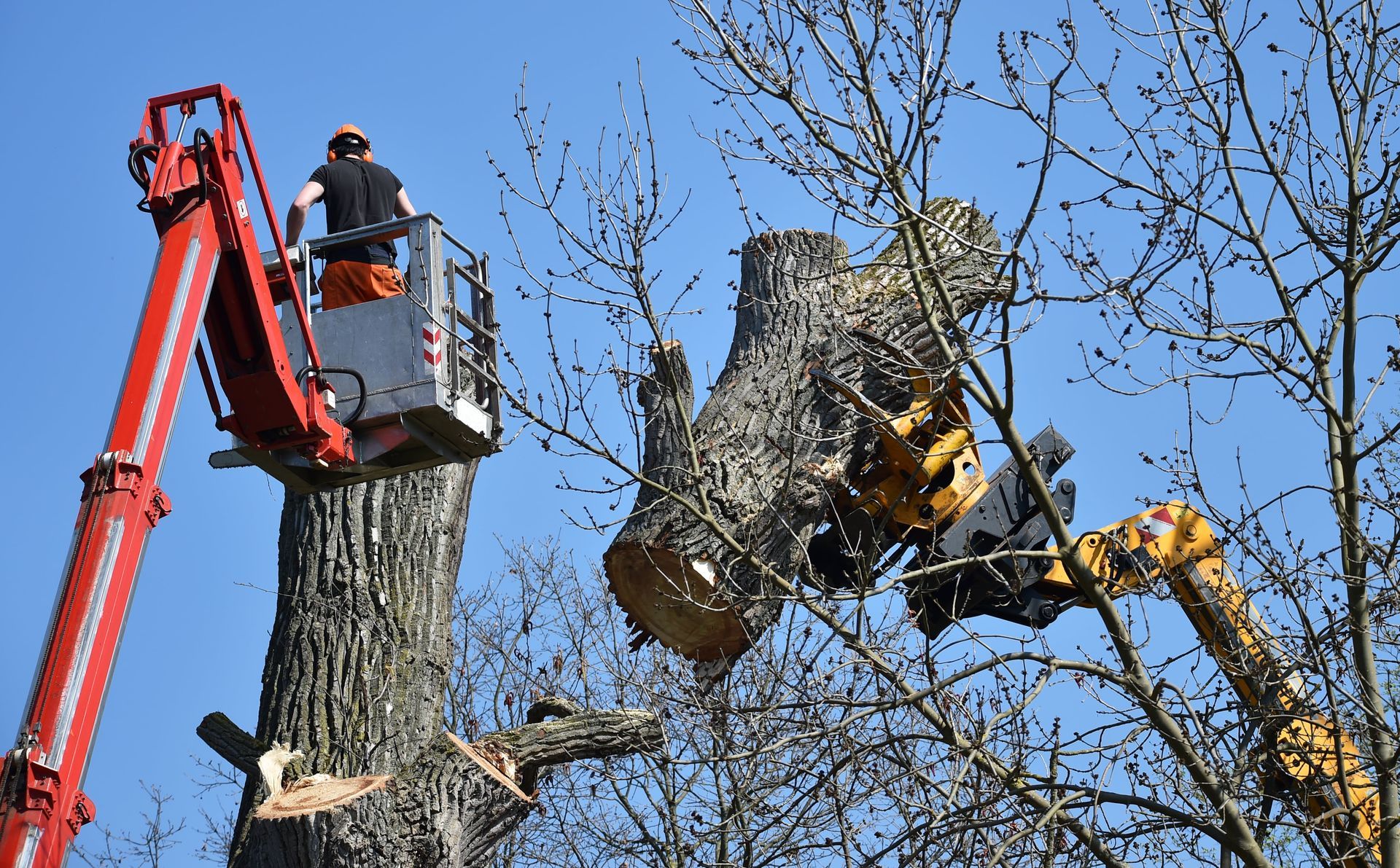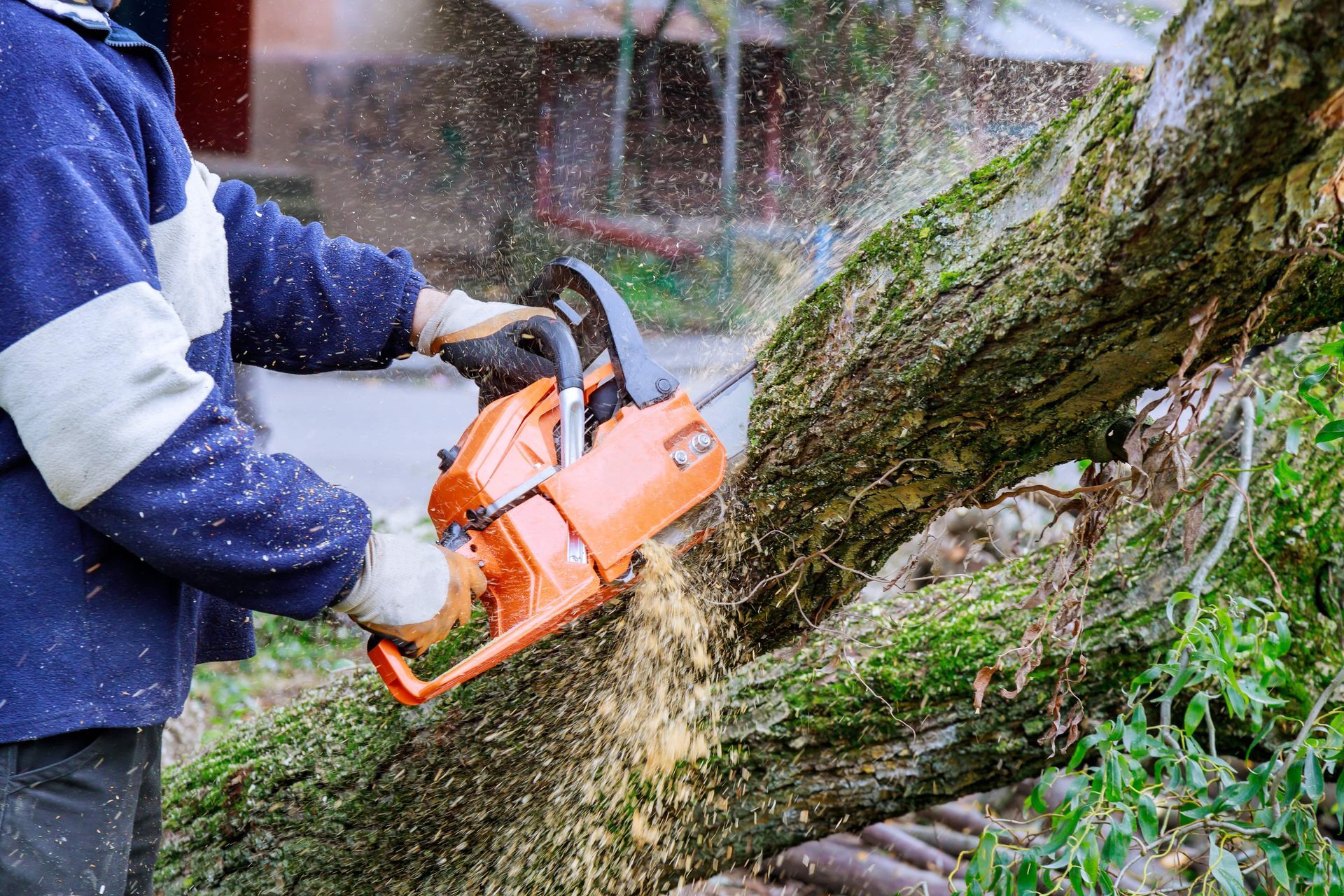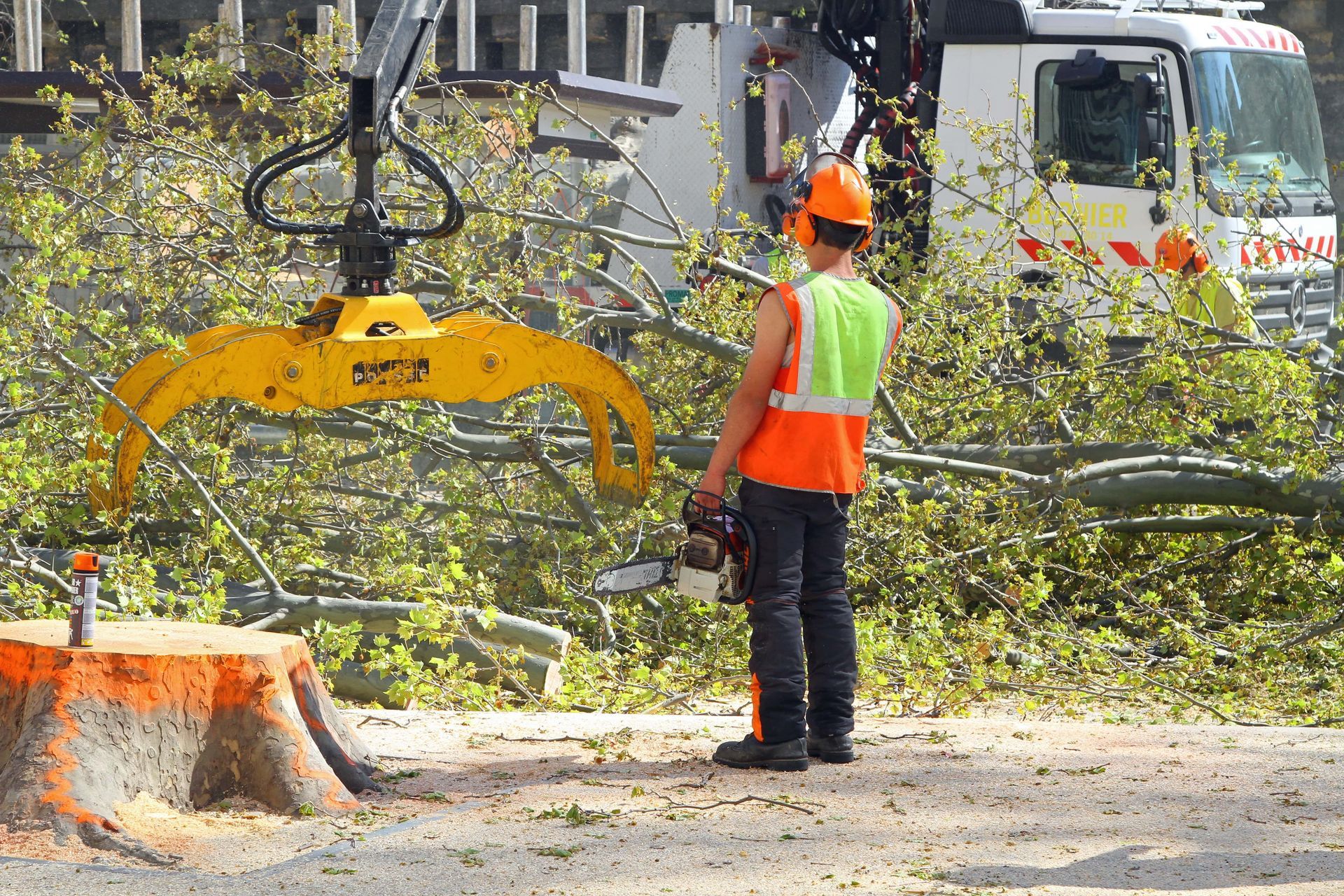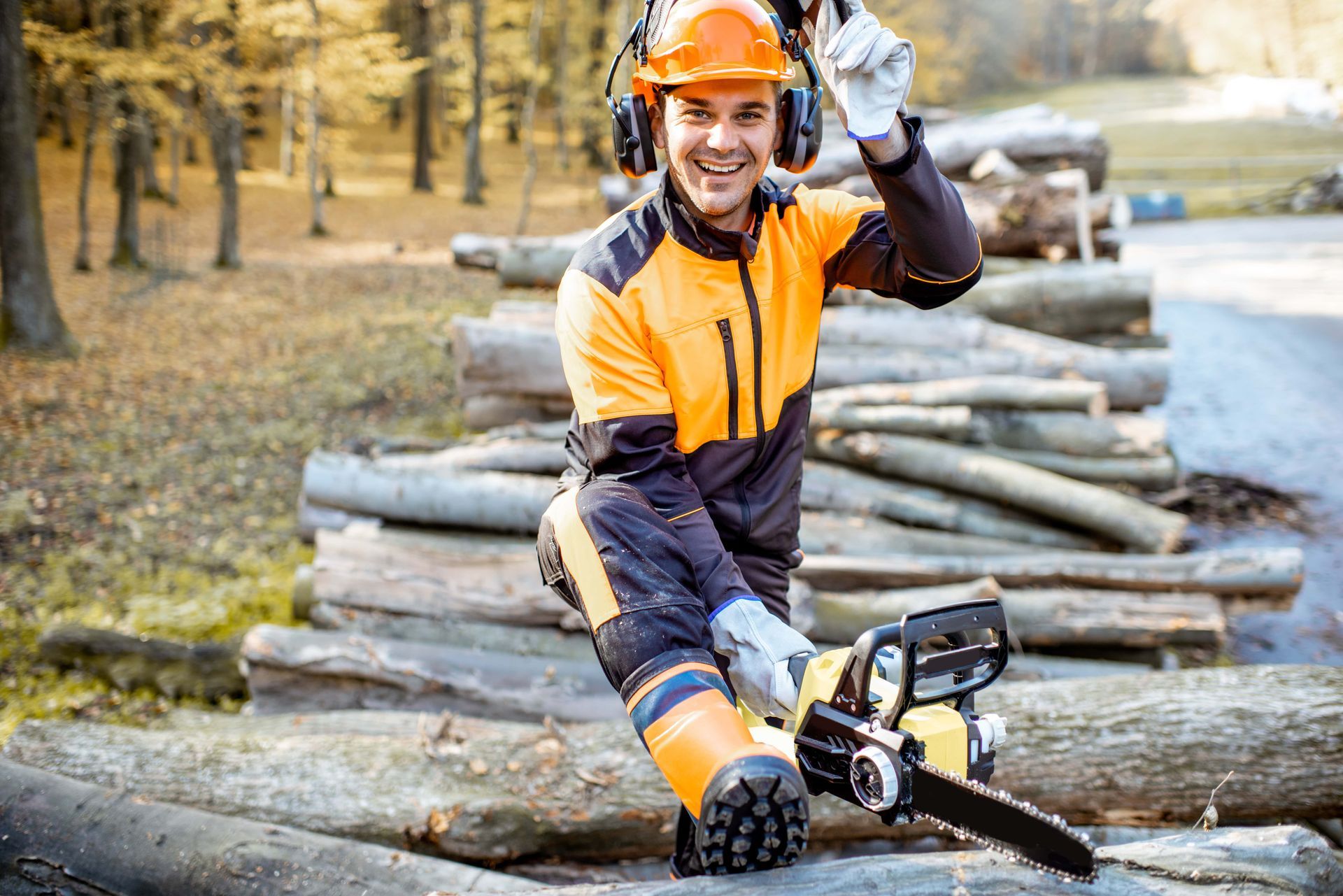Tree Removal Greenville NC
Greenville NC Tree Removal
Trees often go unnoticed until a problem arises, catching us off guard. It's only when branches threaten power lines or storms cause havoc that we realize the importance of tree care. At Greenville Tree Tenders we understand this all too well. That's why we're dedicated to proactive tree removal services to ensure your property remains safe and beautiful year-round. Don't wait until it's too late – let us help you safeguard your surroundings today. Whether it's a matter of safety or simply the need for tree removal, trust us to manage it with precision and attention to detail.
Our Tree Removal Services
In Greenville, NC, we're experts at removing dangerous trees, ugly trees, or trees that are just in the way. Whether it's a safety concern, an eyesore, or simply blocking your plans, we've got you covered. Our goal is to keep our customers satisfied by making your landscape safer and more attractive.
Get an Honest Estimate
Contact Us
Tree Removal Near Me
Specialized Equipment for Tree Removal:
- Chainsaw: Our commercial-grade chainsaws are built for heavy-duty use. They have more power and longer cutting bars than typical homeowner models. This helps us tackle larger trees and thicker branches with ease, ensuring efficient and precise cuts every time.
- Hand Saw: Our commercial-grade hand saws are designed for frequent use. They have sharp blades and ergonomic handles to make them more comfortable for longer use. They are built with sturdy construction that can withstand frequent use and tough cutting tasks without losing performance.
- Climbing Gear: Our harnesses, ropes, and ascenders are specially designed for arborists. They provide safety and support when working at extreme heights. They are rigorously tested and certified to meet industry standards to ensure protection for our team members.
- Bucket Truck: Our bucket trucks are equipped with hydraulic lifts that allow us to reach tall trees. They provide stability and control when working on large tree removals and pruning jobs.
- Stump Grinder: Our heavy-duty stump grinders are not just powerful, they are efficient. Their powerful engines and sharp blades allow effective removal. We achieve this by grinding stumps down below ground level. This prevents regrowth and leaves a clean surface for landscaping.
DIY Tree Removal:
Do It Yourself or Call a Pro?
- Assess the Task: Consider the size of the tree, its proximity to structures, and your comfort level with tree work.
- Small Jobs: If the tree is small, away from buildings, and you have the right tools and skills, you can handle it yourself.
- When to Call a Professional: For larger trees, trees near power lines or buildings, or if you're unsure about the task's safety, it's best to consult a professional arborist.
Tree Removal Tips
- Safety First: Always wear safety gear, including gloves, goggles, and a helmet, and ensure the area is clear of people and pets.
- Tools Needed: Essential tools for DIY tree removal include a chainsaw, hand saw, ladder, safety ropes, and a sturdy pair of work gloves.
- Assess the Tree: Determine the direction of the tree's lean and plan your cutting accordingly to control its fall.
- Cutting Technique: Start with a notch on the side of the tree facing the direction you want it to fall, then make a back cut on the opposite side.
- Clearing Debris: Once the tree is down, remove branches and cut the trunk into manageable pieces for disposal or use as firewood.
Dangers of Tree Removal
- Falling Hazards: Trees can fall unpredictably, causing injuries or property damage if not handled properly.
- Chainsaw Safety: Improper use of a chainsaw can result in serious cuts or accidents. Always read and follow the manufacturer's instructions.
- Branches and Debris: Falling branches or debris can cause injury if they strike a person or object below.
- Structural Damage: Improperly removing a tree can damage nearby structures, such as buildings or fences.
- Electrical Hazards: Trees near power lines pose a risk of electrocution if not handled by trained professionals.
DIY tree removal can be a rewarding task for smaller jobs, but it's essential to prioritize safety and know your limitations. When in doubt, consult a professional arborist to ensure the task is completed safely and efficiently.
Frequently Asked Questions (FAQs) About Tree Removal
Q: How do I know if a tree needs to be removed?
Look for signs like dead or diseased branches, leaning or uprooted trunks, or damage to the root system. If the tree is a safety risk or threatens nearby structures, it may need to come down.
Q: Can I remove a tree myself, or should I hire a professional?
It depends on the size of the tree and your experience with tree work. Small trees and simple jobs may be manageable for homeowners with the right tools and skills. But, for larger trees, it's safer to hire a professional arborist to ensure the job is done safely and correctly.
Q: How much does tree removal cost?
The cost of tree removal can vary depending on factors like the size and condition of the tree, its location, and any extra services required. It's best to get a few estimates from reputable tree removal companies to compare prices.
Q: What happens to the tree after it's removed?
After the tree is removed, the branches and trunk are cut into smaller pieces and either hauled away for disposal or left for use as firewood or mulch. Stumps may be ground down below ground level to prevent regrowth.
Q: Are there any permits or regulations I need to consider before removing a tree?
In some areas, there may be local regulations or permit requirements for tree removal. It's important to check with your local authorities or consult a professional arborist to ensure compliance with any applicable laws or regulations.
Why Choose Us for Tree Removal?
Local Knowledge:
- Our certified arborists are familiar with Greenville's climate and tree species, making us better able to take care of your tree removal needs.
Top-Notch Equipment:
- We use advanced tools to ensure a job is done right.
Comprehensive Service:
- From the initial assessment to cleanup, we handle everything. We leave your yard clean and safe, so you don't have to worry about a thing.
Personal Touch:
- We're passionate about helping you understand your trees and making sure you feel secure and informed. To us, each job is more than a transaction.
Safety First:
- Your safety and peace of mind are what matters most. We follow strict safety protocols to protect both your property and our team.
